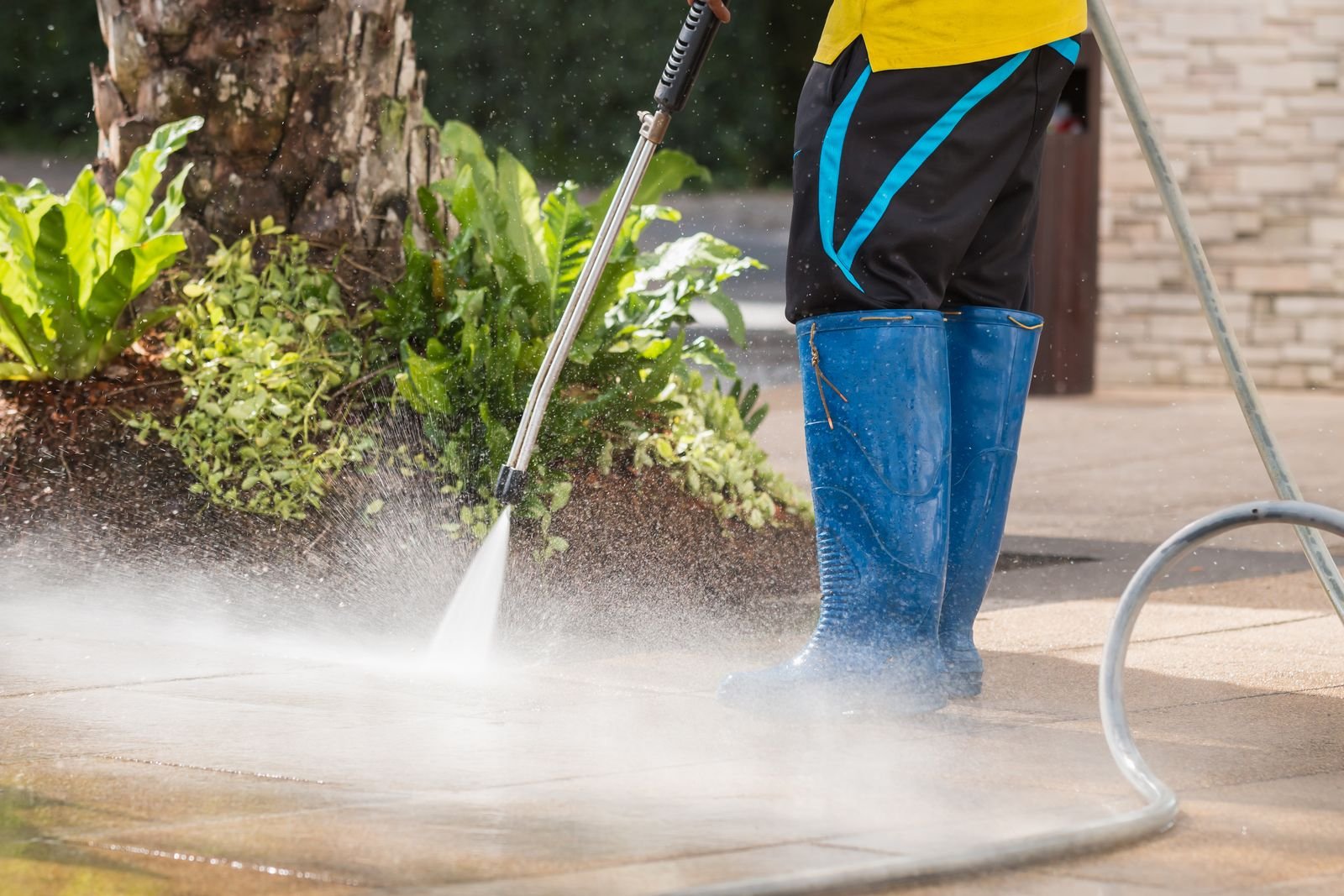
Contact Us
Clear View Builders
Email: [email protected]
Phone: +19164205862
4913 Rio Linda Blvd
Sacramento, California, United States 95838
What is Curtain Wall systems?: Types, Components and Advantages
- Ladder systems are a hybrid approach where sections are pre-fabricated as ladders (vertical mullions connected by horizontal transoms) before being installed on-site.They also offer robust protection against wind, extreme weather conditions, fire, and water infiltration, while maximizing natural light and creating a spacious interior environment.These are usually made up of materials like steel or aluminium, and they are designed to be lightweight and durable.These walls can be built by all types of fabricators as they are not dependent on having a large factory, and they tend to be less specialized.
Systems and principles
From office buildings to other uses, they bring aesthetic impact while still excelling at what’s most important – protecting the building and its occupants. Stick-built curtain wall systems are https://soundcloud.com/clearviewbuildersinc the traditional method, assembled in the field with inside or outside glazing. They’re most common in small buildings with low required volumes, but complex conditions. Curtain walls can be premade at the factory and assembled before they are brought into the site. There are mainly two types of curtain wall systems, and they are classified mainly based on the method in which they are assembled. A louver is provided in an area where mechanical equipment located inside the building requires ventilation or fresh air to operate. These walls serve as a barrier against wind, rain, and temperature fluctuations, contributing to a building’s durability and comfort. They also offer robust protection against wind, extreme weather conditions, fire, and water infiltration, while maximizing natural light and creating a spacious interior environment. This allows for precise matching and adjusting to fit the project’s specific measurements, which endows stick curtain walls with flexibility. They are usually made from lightweight but robust materials, which we will mention in the following sections. A curtain wall is an exterior covering of a building in which the outer walls are non-structural, instead serving to protect the interior of the building from the elements. In addition to its aesthetic benefits, timber curtain wall systems also offer excellent thermal performance. Timber has a natural insulating ability, helping to reduce energy consumption and improve indoor comfort levels. Terracotta curtain wall systems are a type of exterior cladding system that has become increasingly popular in modern building design. These systems use terracotta panels as the primary cladding material, providing a range of benefits such as durability, energy efficiency, and aesthetic appeal. 